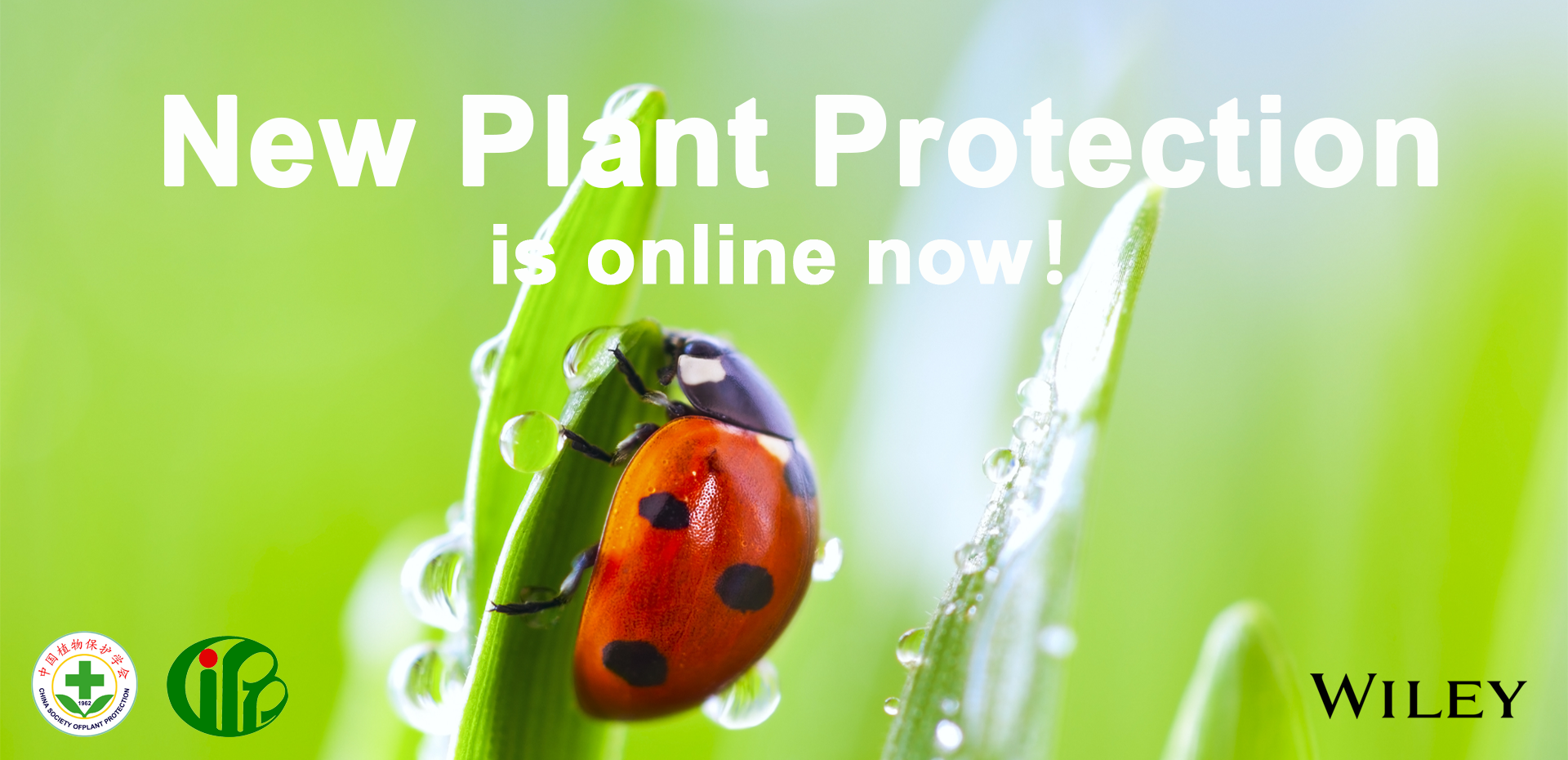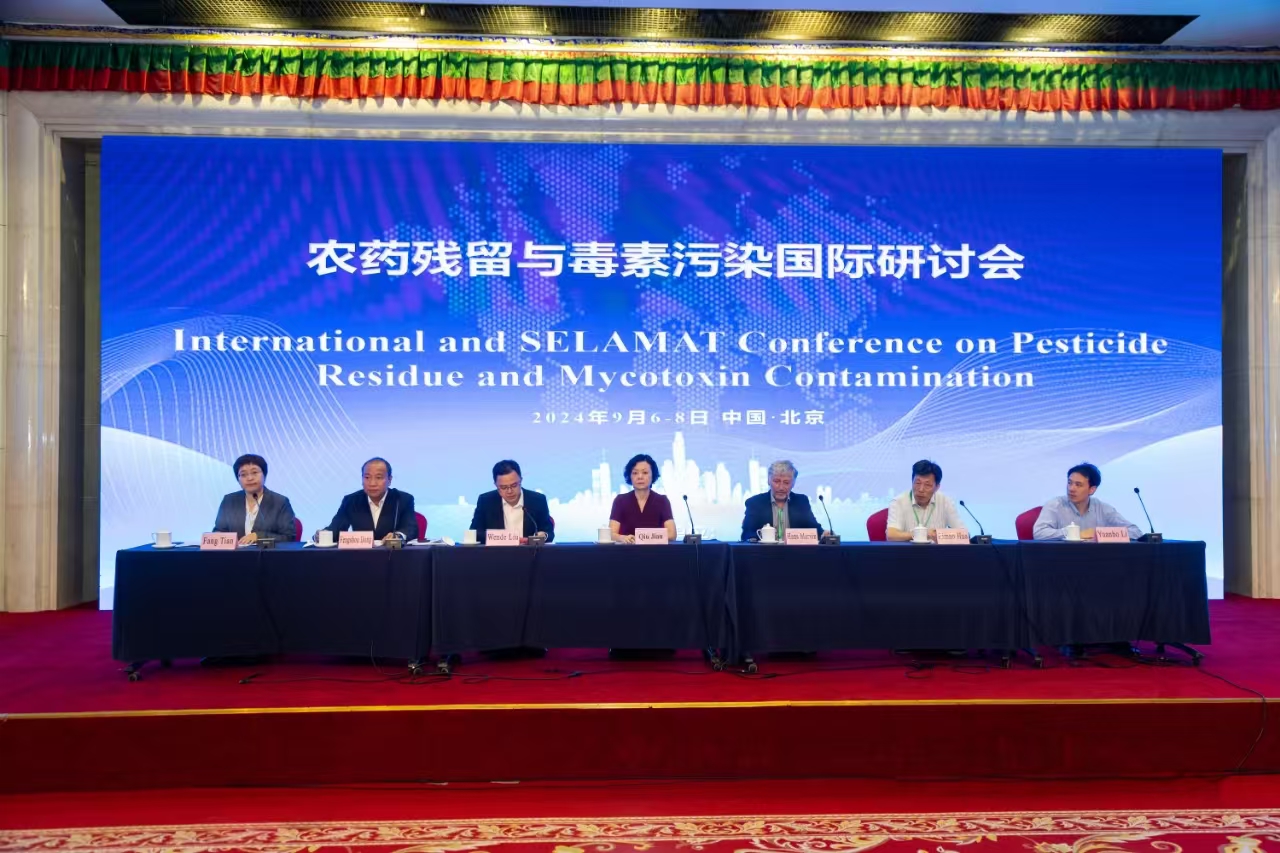Characterization of glyphosate-resistant goosegrass (Eleusine
CHEN Jing-chao, HUANG Hong-juan, WEI Shou-hui, ZHANG Chao-xian, HUANG Zhao-feng
Abstract
Goosegrass is a worst grass weed in orchards and turf. The increased use of glyphosate for goosegrass control has led to the occurrence of many resistant populations. Although glyphosate has been used to control weeds for the past 30 years in China, few reports are available on glyphosate-resistant (GR) googegrass. In this study, we determined the GR level of 14 goosegrass populations from Chengdu and Guangzhou, China. Glyphosate only controlled 3.1 and 25.0% of the populations SL5 and SL1, respectively, at the dose of 1 680 g acid equivalent (ae) ha–1 at 14 days after treatment (DAT). In contrast, the susceptible population (XD1) was completely (100%) controlled. The resistant index (RI) of SL5 and SL1were 5.1 and 4.5, and the RI for SL2, SL3 and ZC1 were 4.2, 3.2 and 2.6, respectively. The RI for other populations was range from 1.8 to 2.5. Under the dose of glyphosate at 1 640 g ae ha–1 at 10 DAT, shikimate accumulation in susceptible population XD1 was 17.6 and 16.4 times higher than SL5 and SL1, respectively. And the chlorophyll content in the plant leaf of populations SL1, SL2 and SL5 were decreased slightly ranging from 22.6 to 28.0. These results confirmed that the SL1, SL2, SL3, ZC1 and SL5 populations had evolved moderate resistance to glyphosate. This is the first report for the GR goosegrass populations confirmed in Chengdu, China.
Journal of Integrative Agriculture 2015, 14(5): 919–925
-
 China-Laos Training Workshop on Integrated Management of Destructive Crop Pests and Diseases Successfully held in Laos
China-Laos Training Workshop on Integrated Management of Destructive Crop Pests and Diseases Successfully held in Laos -
 New Plant Protection: New challenge and new opportunity for plant protection
New Plant Protection: New challenge and new opportunity for plant protection -
 International and SELAMAT Conference on Pesticide Residue and Mycotoxin Contamination Held in Beijing
International and SELAMAT Conference on Pesticide Residue and Mycotoxin Contamination Held in Beijing -
 CAAS President Meets Chairman of ASEAN FAW Taskforce
CAAS President Meets Chairman of ASEAN FAW Taskforce
